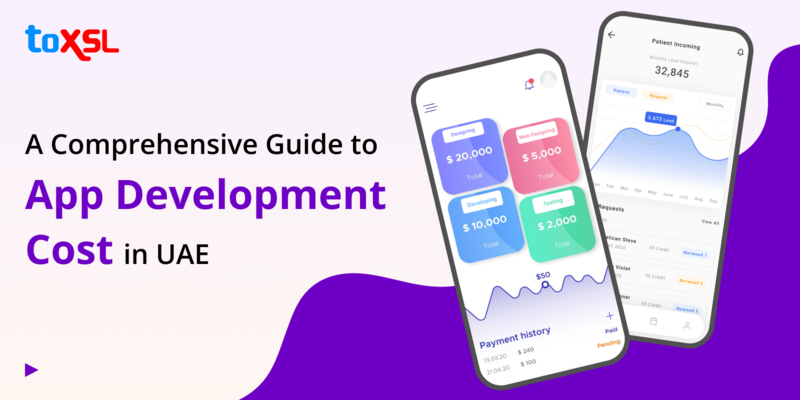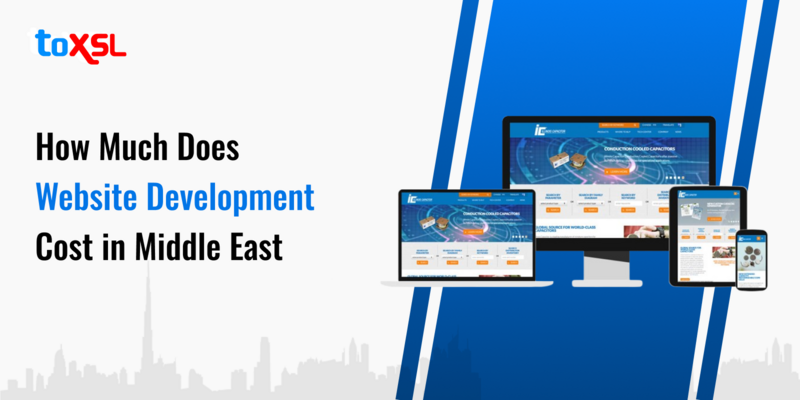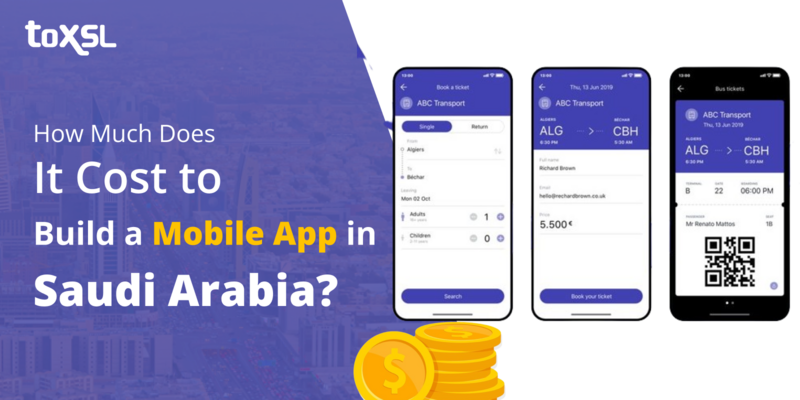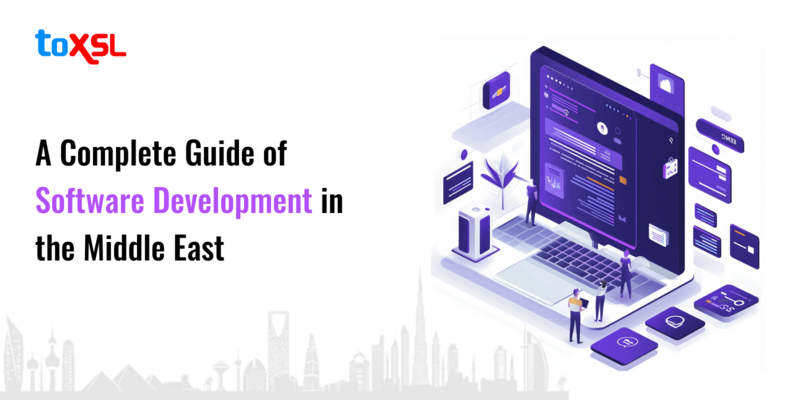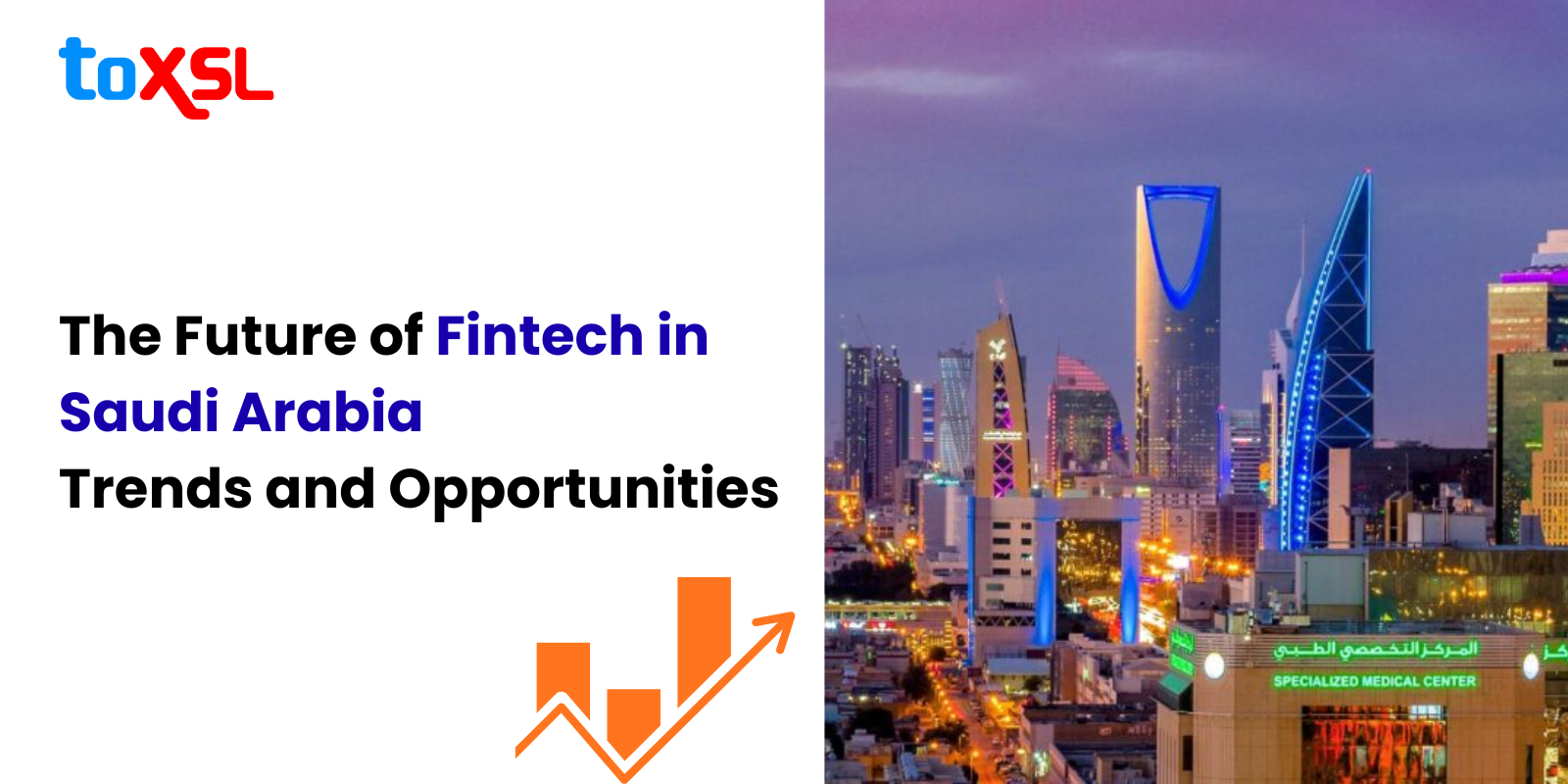
The Kingdom of Saudi Arabia has seen a rapid growth in financial technology, known as FinTech. Saudi Arabia’s growth is driven by the government’s Vision 2030 initiatives and cross-border payment solutions, attracting international and local players.
Key Takeaways:
- The Saudi Vision 2030 initiative drives digital transformation and economic diversification, making FinTech a strategic sector in the Kingdom.
- Regulatory support from bodies like the Saudi Central Bank (SAMA) and Capital Market Authority (CMA) initiatives enables innovation.
- A tech-savvy population with high smartphone usage fuels the rapid adoption of digital payments, mobile wallets, and innovative financial services.
- Government-backed programs like Fintech Saudi provide resources and market access supporting startup growth and talent development.
- Expansion in FinTech areas such as digital payments, Buy Now Pay Later services, insurtech, and regtech diversifies financial service offerings in the market.
Key Growth Factors for FinTech in Saudi Arabia
- Vision 2030 Economic Diversification: A central driver of Saudi Arabia’s FinTech growth is the government's Vision 2030 initiative. This ambitious plan aims to diversify the economy from oil dependency towards technology and innovation. Financial sector development is a major pillar of Vision 2030, with specific targets to increase digital payments and financial inclusion. The government's active promotion of digital finance, regulatory reforms, and investment in infrastructure creates a fertile ground for FinTech. For example, the goal to increase cashless transactions to 70% of all payments by 2030 is accelerating demand for mobile wallets, payment platforms, and digital banking apps.
- Supportive Regulatory Environment: Strong regulatory frameworks introduced by the Saudi Central Bank (SAMA) and the Capital Market Authority (CMA) have played a crucial role in fostering FinTech innovation. SAMA’s Regulatory Sandbox and open banking frameworks provide startups a controlled environment to test new financial products while ensuring consumer protection. The clear, forward-looking regulations help reduce barriers to entry and attract both domestic and international FinTech firms. This creates a stable and trusted market environment, which is essential for financial services involving sensitive data and transactions.
- Digitally Connected Population: Saudi Arabia has one of the highest smartphone penetration rates globally, with a youthful population eager to adopt new digital technologies. This tech-savvy consumer base drives demand for innovative financial services like instant payments, digital loans, and investment platforms. Increasing internet access and digital literacy complement this trend, enabling widespread adoption of FinTech applications. The preference for contactless and convenient financial solutions post-COVID-19 has further boosted usage.
- Expanding Investment Ecosystem: Significant venture capital and private equity funding have flowed into Saudi Arabia’s FinTech startups, with over $860 million raised in the first half of 2025 alone. Large financial institutions, global investors, and sovereign wealth funds are positioning themselves strongly in this high-growth market. This steady capital inflow supports FinTech innovation, scaling, and new product development. Government-backed funds and initiatives also nurture homegrown startups, fueling competition and rapid ecosystem expansion.
- Adoption of Digital Payments: The rise of e-commerce in Saudi Arabia directly contributes to FinTech growth by driving demand for secure and seamless digital payment solutions. The government’s push for cashless transactions ensures that consumer payments increasingly move online or through digital channels. This digital payments boom expands the market for wallet providers, payment gateways, and merchant services, creating a virtuous cycle that promotes further financial technology adoption.
Reasons to Invest in the Saudi Arabia FinTech Sector
- Strategic National Choice: The growth of FinTech in Saudi Arabia is a national strategic decision. Saudi Arabia wants to become a creative and diverse economy as part of its Vision 2030 plan. Digital finance is crucial for this goal. The country aims that by 2030, 70% of all payments will be cashless. Ten years ago, less than 20% of payments were cashless. FinTech is a key part of this change. It helps improve banks, supports new businesses, and gives people access to global money markets, supporting long-term stability and growth.
- Favorable Regulatory Environment: A FinTech Sandbox was launched in Saudi Arabia with help from the Saudi Central Bank (SAMA) and the Capital Market Authority (CMA). This sandbox is a place where new ideas can be tested without the usual strict rules. Since it began, over 80 FinTech companies have joined. They are trying out things like instant mobile payments and AI-based lending services. This sandbox shows that the regulators want to keep financial systems safe while still encouraging new ideas, giving confidence to foreign investors.
- Economic Strength and Stability: Saudi Arabia is trying to diversify its economy at a good time in the world. Right now, energy is changing, and digital technology is growing fast. In 2024, Saudi Arabia’s GDP was over one trillion dollars, and its financial reserves were more than 400 billion dollars. The country has both financial stability and big plans for the future. Saudi Arabia is one of the top 20 economies in the world by GDP and the strongest economy in the Arab world. This strong economy gives confidence to investors. The local market is large and has enough spending power to support the growth of FinTech. Also, the government’s financial reserves help keep the country stable, even when the global economy is uncertain.
- Rapid Market Growth: In 2018, Saudi Arabia's FinTech sector had only a few new companies. Now, it has grown to more than 150 licensed companies, working in various areas such as payments, lending, and digital banking. FinTech transactions grew by over 120%, showing big changes in how people use these services. The support system for this growth is also strong. Investors put more than $500 million into FinTech, and this growth is not about numbers but about quality. Global companies are partnering with local startups, creating a good place for new ideas and business growth.
- Diverse Growth Segments: The key growth segments involve digital payments using mobile wallets, QR codes, and biometrics. Along with digital payments, there are other growth factors such as Blockchain apps in finance and logistics, and more. The market potential is expected to jump until 2030, and this diversification will help investors to access opportunities in various industry verticals.
How to Build a FinTech App in Saudi Arabia
- Identify Your Needs: The first step is to clearly understand the business goals and user needs your fintech app will address. Research the Saudi market trends, consumer behaviors, and regulatory landscape. Identify what specific problem your app will solve—whether it’s payments, lending, digital banking, or wealth management. During this phase, define the core features your app requires, such as user registration, KYC integration, payment processing, transaction tracking, and notifications. Consider whether you want to include advanced features like AI for credit scoring or blockchain-based security. This stage ensures your app idea aligns with Saudi Arabia’s Vision 2030 fintech goals and meets customer expectations.
- Hire a Development Company: Once your vision and requirements are clear, hire a reputable fintech app development company experienced with the Saudi market. Look for a team that understands local regulations (especially SAMA and CMA rules), compliance demands, and cultural nuances, including Arabic language design needs. Discuss timelines, budgets, and technology stacks with the developers. Agile development methodologies are recommended to enable iterative delivery with continuous feedback. Clarify roles and communication protocols to ensure transparency. An experienced team will also help navigate compliance, licensing, and fintech-specific challenges, ensuring a smoother development process.
- Design UX/UI: Design the user experience (UX) and user interface (UI) carefully to ensure your app is intuitive, reliable, and engaging. Saudi users expect bilingual capability (Arabic and English) and culturally relevant design elements. Focus on simple navigation, quick onboarding, and clear workflows, especially for complex processes like loan applications or investment advice. Mobile-first design is critical due to high smartphone usage. Conduct usability testing with real users to refine the interface and provide a seamless journey that builds trust in your fintech app.
- Connect the Backend: This step involves building the backend infrastructure that powers your app’s features. It includes setting up secure databases, APIs, payment gateways (such as integrating with Mada or SADAD), KYC/AML verification systems, and financial data management. Security and compliance are paramount here. Implement strong encryption, multi-factor authentication, and regulatory reporting mechanisms. Your backend should support smooth transaction processing, real-time updates, and reliable user data protection. Integration with banks, payment service providers, and regulatory bodies’ systems is key to delivering a functional fintech solution.
- Test & Validate: Thorough testing ensures your fintech app works flawlessly and complies with laws. Conduct functional testing to verify all features, security testing to find vulnerabilities, and compliance audits for regulatory adherence. Use SAMA’s Regulatory Sandbox if possible, which allows you to pilot your fintech product with regulatory oversight, identifying issues before public launch. User acceptance testing (UAT) with pilot users helps gather feedback to improve the app’s usability and performance.
- Launch & Maintenance: After testing and obtaining necessary licenses from SAMA or CMA, launch your app in the Saudi market. Focus initial marketing campaigns on digital channels popular with Saudi users, emphasizing convenience, security, and compliance. Post-launch, continuously monitor app performance, user feedback, and regulatory changes. Regular updates with bug fixes, new features, and compliance enhancements are necessary for sustained success. Maintenance also includes ongoing customer support to build user trust and retention in the growing Saudi fintech ecosystem.
How much does it cost to develop a FinTech app in Saudi Arabia?
Aspect | Description | Estimated Cost (USD) | Notes |
Basic FinTech App (Simple MVP) | Basic features like user registration, simple payments | $10,000 – $20,000 | Minimum MVP with limited features, offshore dev possible |
Entry-Level App (MVP with KYC, Wallet) | Adds KYC verification, wallet, simple compliance | $20,000 – $50,000 | Suitable for startups testing the market |
Mid-Level App (Payment + Lending Feature) | Payment solutions, lending workflows with compliance | $50,000 – $100,000 | More features, moderate complexity |
Full-Featured App (AI, Blockchain, APIs) | Advanced features, AI-powered lending, multi-API integrations | $100,000 – $250,000+ | Enterprise-grade, full compliance, high security |
Design & UX/UI | Bilingual design (Arabic and English), user-friendly interface | $5,000 – $15,000 | Important for Saudi market localization |
Security & Compliance Implementation | Encryption, AML/KYC compliance, regulatory audits | $10,000 – $30,000 | Crucial for fintech apps in Saudi Arabia |
Testing & QA | Functional, security, and compliance testing | $5,000 – $10,000 | Ensures app is secure and compliant |
Post-Launch Maintenance (per year) | Updates, monitoring, regulatory changes support | $10,000 – $30,000/year | Ongoing essential costs |
Development Team Model | Offshore development Diversif | Lower end of range | Cost-saving option, often used for MVP |
| Local Saudi/In-house development | Higher end of range | Higher cost but closer regulatory and market support |

